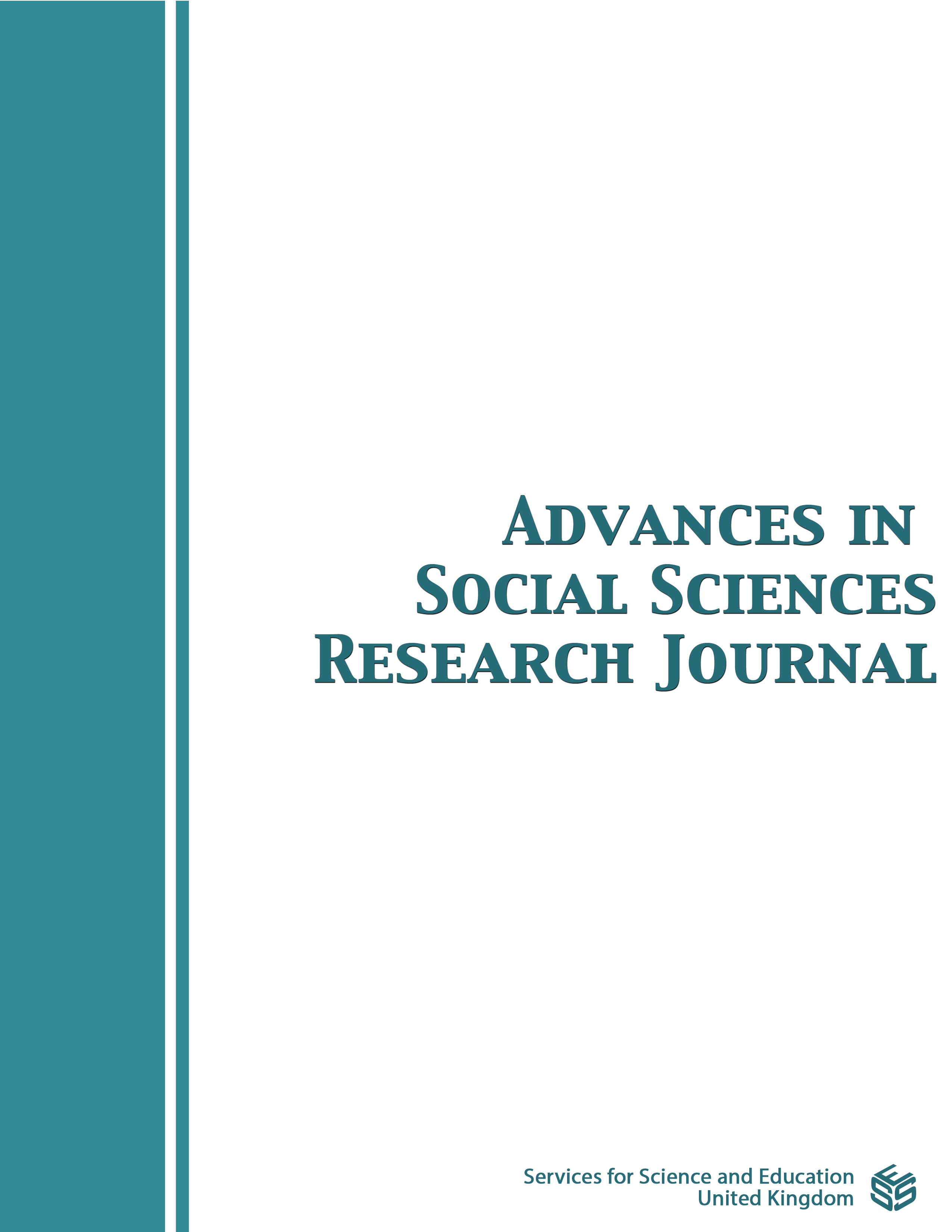Black Gold, Piracy and Armed Robbery at Sea: Daunting Task for the Navy Along the Coast of Ghana
DOI:
https://doi.org/10.14738/assrj.94.12169Keywords:
Floating Production Storage and Offloading (FPSO), Gulf of Guinea, Kidnapping For Ransom (KFR), Pirate Action Group (PAG),Abstract
The Gulf of Guinea (GoG) is now a hotspot for maritime piracy and armed robbery. The interest in this region is bothered on the Modus Operandi of the pirates in these waters. The attacks are well planned and executed, and though sometimes vicious, their focus is mainly on getting their hands on the ship’s cargo mostly oil. The term ‘Petro Piracy’ has evolved because of this practice. Additionally, Pirate Action Group (PAG) attack and Kidnapping For Ransom (KFR) frequently occur in these areas. The maritime situation does not end with piracy and armed robbery alone but other acts such as illegal, unreported, and unregulated (IUU) fishing, trafficking of illegal drugs, people and firearms. Keeping these sea lanes remains a daunting task for navies and coast guards in this region who have logistical challenges and technical support to effectively engage head-on with these pirates. With the recent oil finds in the Gulf of Guinea and the coast of Ghana in particular, the situation has become even more precarious as pirates in this region become better equipped and emboldened. Ghana has her oil offshore and is drilled using the Floating Production Storage and Offloading (FPSO) system. The Offloading part makes the FPSO very vulnerable to attacks by armed robbers. This paper considers the challenges faced in maritime security along this sea corridor and the efforts by the Ghana Navy, Regional and Foreign Navies in their joint coordinated strategies to curb this overarching threat.
Downloads
Published
How to Cite
Issue
Section
License
Copyright (c) 2022 Nana Boateng

This work is licensed under a Creative Commons Attribution 4.0 International License.
Authors wishing to include figures, tables, or text passages that have already been published elsewhere are required to obtain permission from the copyright owner(s) for both the print and online format and to include evidence that such permission has been granted when submitting their papers. Any material received without such evidence will be assumed to originate from the authors.






